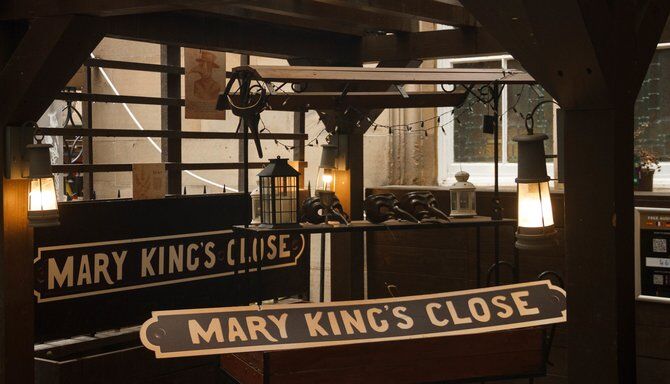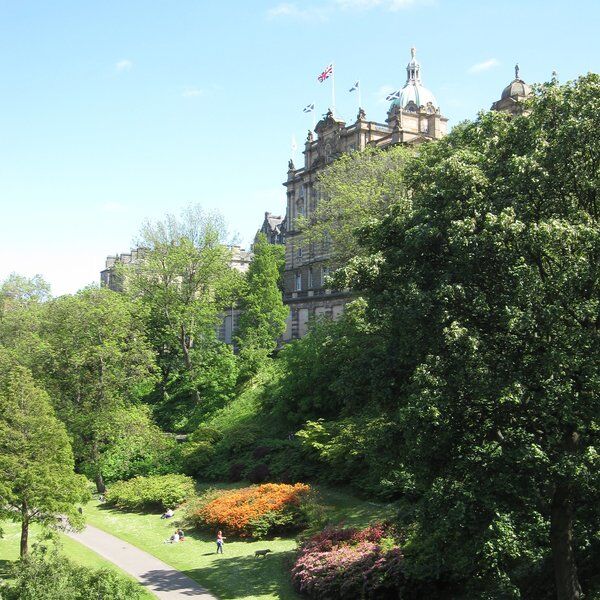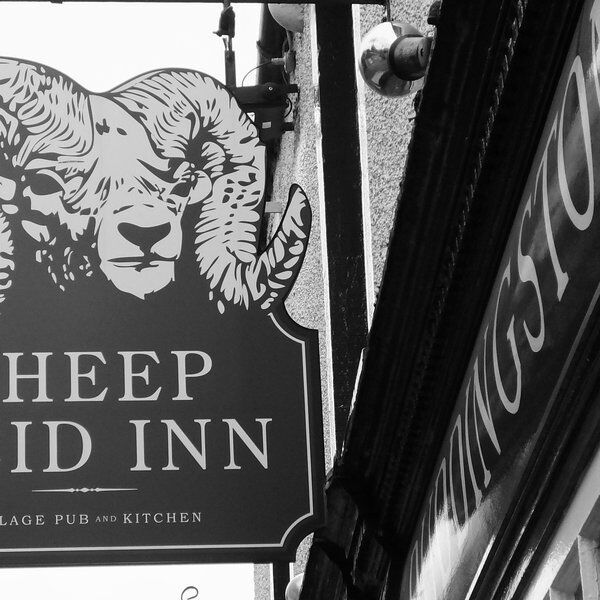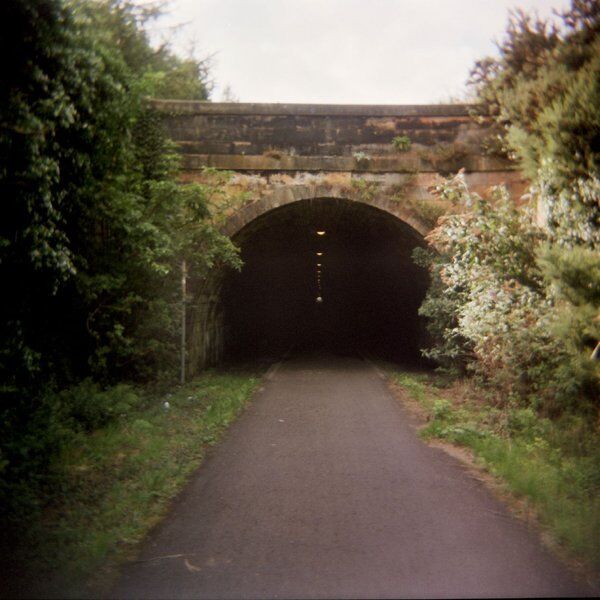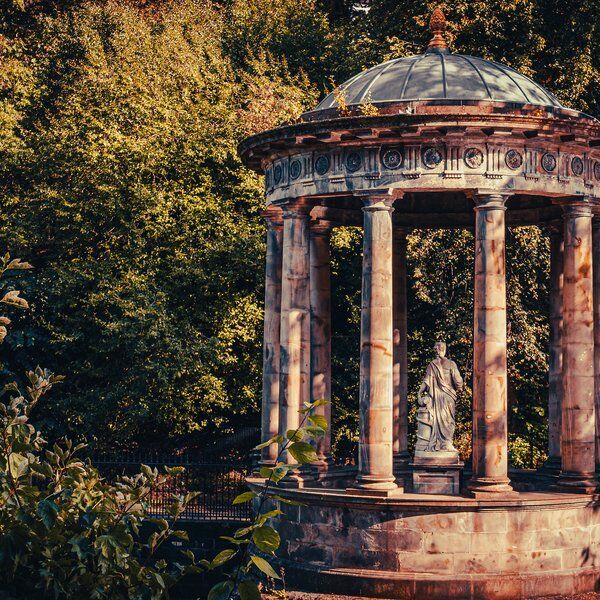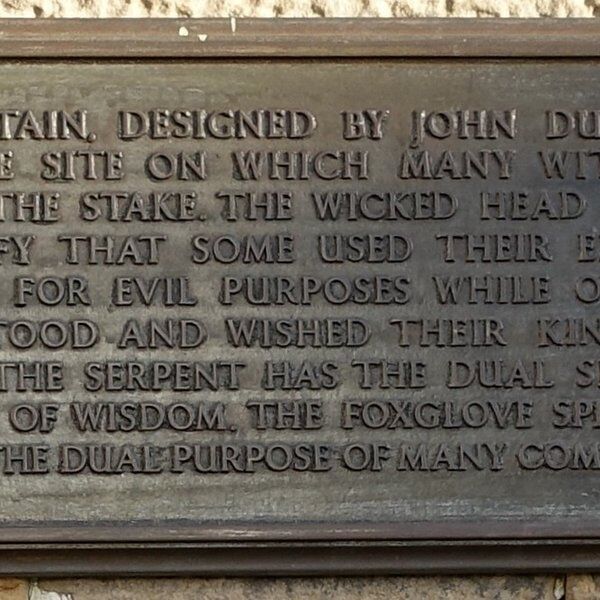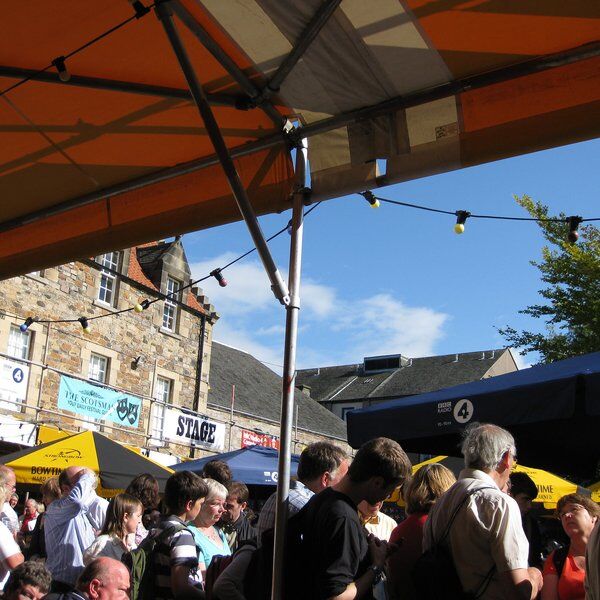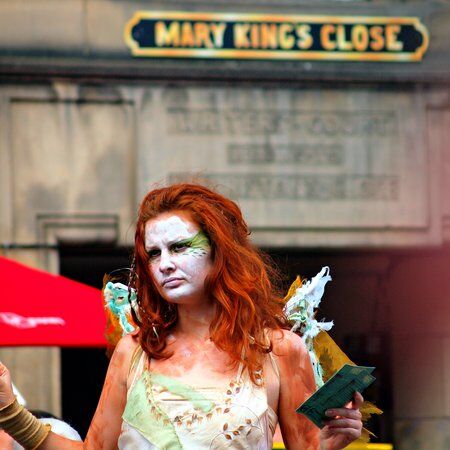
Exploring Mary King’s Close
Whilst Edinburgh’s historical elements are usually proudly showcased on the streets and in the parks, there is one particularly intriguing landmark that lies below the surface. Mary King's Close, named after Mary King, is a 17th-century street in the Scottish capital. Or should we say, beneath the Scottish capital?!
Partially demolished and buried centuries ago, the street now operates as a tourist attraction, The Real Mary King’s Close. Visitors can explore the narrow alleyways and abandoned houses once inhabited by 16th and 17th century residents and hear tales of their innovative reactions to hardship.
Who was Mary King?
A successful businesswoman, Mary King managed her own stall selling clothes—defying societal norms—-and later became a burgess with a seat on the town council following her husband's passing.
The question of whether King inhabited the close remains a subject of debate among historians. While some contend that she never lived there, others speculate that she may have been Alexander King’s daughter, residing in the close with her children.
Overcrowding and the Birth of Skyscrapers
In the 17th century, Edinburgh was grappling with severe overcrowding, which prompted the construction of apartments that soared to unprecedented heights—creating what some deem as the world's first skyscrapers.
As the population grew, the city's narrow wynds and closes became densely packed with residents from various social groups. While the wealthy occupied the upper floors to escape the odours and sewage, the poor dwelled in squalid conditions on the ground level, with livestock, rodents, and open sewers.
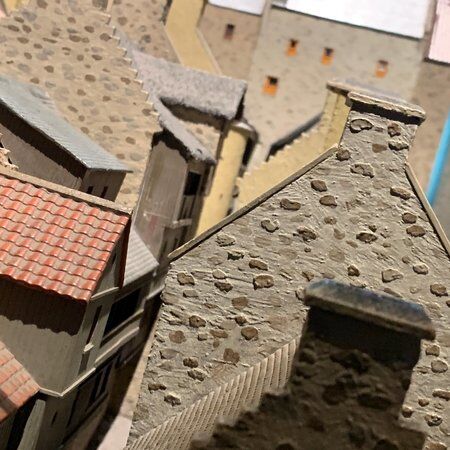
Burying Mary King’s Close
Among these streets, Mary King’s Close was considered a major thoroughfare. With the expansion of the city, plans were set in motion to erect the grand Royal Exchange, necessitating the removal of existing structures.
Rather than demolishing them entirely, the top floors were dismantled, and the lower levels repurposed as foundations for the new edifice. Consequently, Mary King’s Close was entombed beneath the Royal Exchange.
The Real Mary King’s Close
For centuries, Mary King’s Close lay dormant beneath the Edinburgh’s Royal Mile until 2003, when it was opened to visitors as a five-star tourist experience run by Continuum Attractions.
Archaeologists and historians explored the site, piecing together fragments of its past and uncovering stories that are now worked into the Real Mary King’s Close guided tours. Alongside standard tours they also have special events like Dr. Arnott's Sampling Sensation or the Herstory Tours.
The tour is not for the faint of heart; the close quarters and dim lighting may unsettle those with claustrophobia or a fear of the dark. However, those expecting a frightful encounter may be surprised—the real horror lies in the true stories that come to light throughout the tour.

Myth, Mystery, and a Girl Called Annie
The shadowy recesses of Mary King’s Close have long fueled speculation and folklore. Tales of restless spirits have been echoing through its narrow corridors since the 17th century.
Legend has it that the subterranean street is haunted by the spirits of its past inhabitants, and visitors have reported eerie sightings and unexplained circumstances during their tours. There have been talks of floating heads and a young girl named Annie, who roams the alleyways in search of comfort after she lost all her dolls.
In a kind of touching (yet also very eerie) tradition, visitors often bring toys and gifts for Annie, which are then donated to children in need. This act of kindness not only honors Annie's memory but also brings joy to those who need it most.
Over the years, Mary King’s Close’s haunted reputation has captured the attention of paranormal investigators and television programs. It has been featured on shows like Most Haunted, Haunted History, and Ghost Hunters International, each exploring the mysteries and legends surrounding this underground labyrinth. So maybe there is something to be said for it’s strange sightings and paranormal happenings.

Mary King’s Close in Popular Culture
Beyond its spooky reputation, Mary King's Close has also had starring roles in literature, television, and film. Ian Rankin's Inspector Rebus novel Mortal Causes featured a murder set in Mary King's Close, while Billy Connolly's World Tour of Scotland and the History Channel's Cities of the Underworld have brought its history to a wider audience. Even Discovery Channel India and Lost World have delved into the secrets of this hidden street.
Edinburgh’s Dark Past
The Real Mary King's Close unveils not only the underground attraction but also the darker aspect of Edinburgh's history including stories of plague and murder.
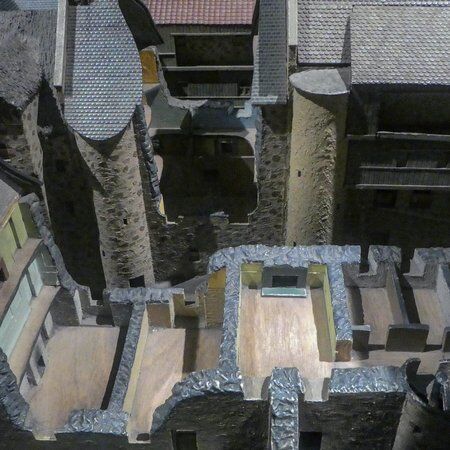
Plague Doctors
Long before the outbreak of the Black Death in 1645, plague had long loomed over the Scottish capital. The city, along with the nearby port of Leith, had experienced periodic outbreaks for centuries.
John Paulitious, Edinburgh's first plague doctor, tragically succumbed to the disease within weeks of his appointment. His successor, George Rae, donned a distinctive attire—a beaked mask filled with aromatic herbs, a waxed cloak, leather trousers, and gloves—as he bravely tended to the sick and dying.
Despite limited medical knowledge, Rae diligently treated patients, responding to distress signals like a white sheet hung from a window. His efforts, while valiant, could not stem the tide of death that swept through the city during the plague, and this is where the foul clengers come in!
Foul Clengers
In the grim landscape of plague-ridden Edinburgh, the paths of plague doctors and foul clengers often intersected. The foul clenger was tasked with cleaning contaminated homes and disposing of the dead, bearing the brunt of the epidemic's horrors. Mass graves on the Burgh Muir and Leith Links testified to the scale of the tragedy, as the city was over run.
Rats and Disease Spreading
While contemporary medical beliefs attributed the spread of the Bubonic Plague to "bad" air, the true culprit lurked in the city's rat-infested streets. Flea bites transmitted the disease from rat to person and was easily facilitated by Edinburgh's overcrowded and unsanitary conditions along streets such as Mary King’s Close. In response, authorities urged residents to clean up their surroundings, recognising the link between filth and disease.
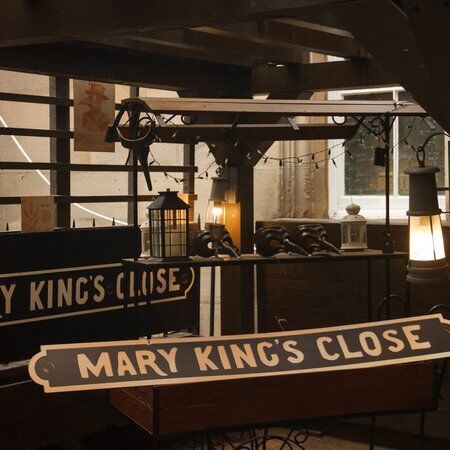
Explore Edinburgh with CityDays
The best way to discover more hidden gems around Edinburgh is to take your time and, ideally, have a pre-planned route that takes you past all the noteworthy nooks and hidden gems.
We can help you there!
CityDays combines the fun of an outdoor treasure hunt with the historic facts and whimsical trivia of a walking tour.
Answer riddles, solve puzzles and learn more about Edinburgh's vast history in a new and interactive way!
Take the stress out of planning your visit to Edinburgh and book your adventure today!
Not visiting Scotland this time? Don’t worry, you’ll find us all over the world.
